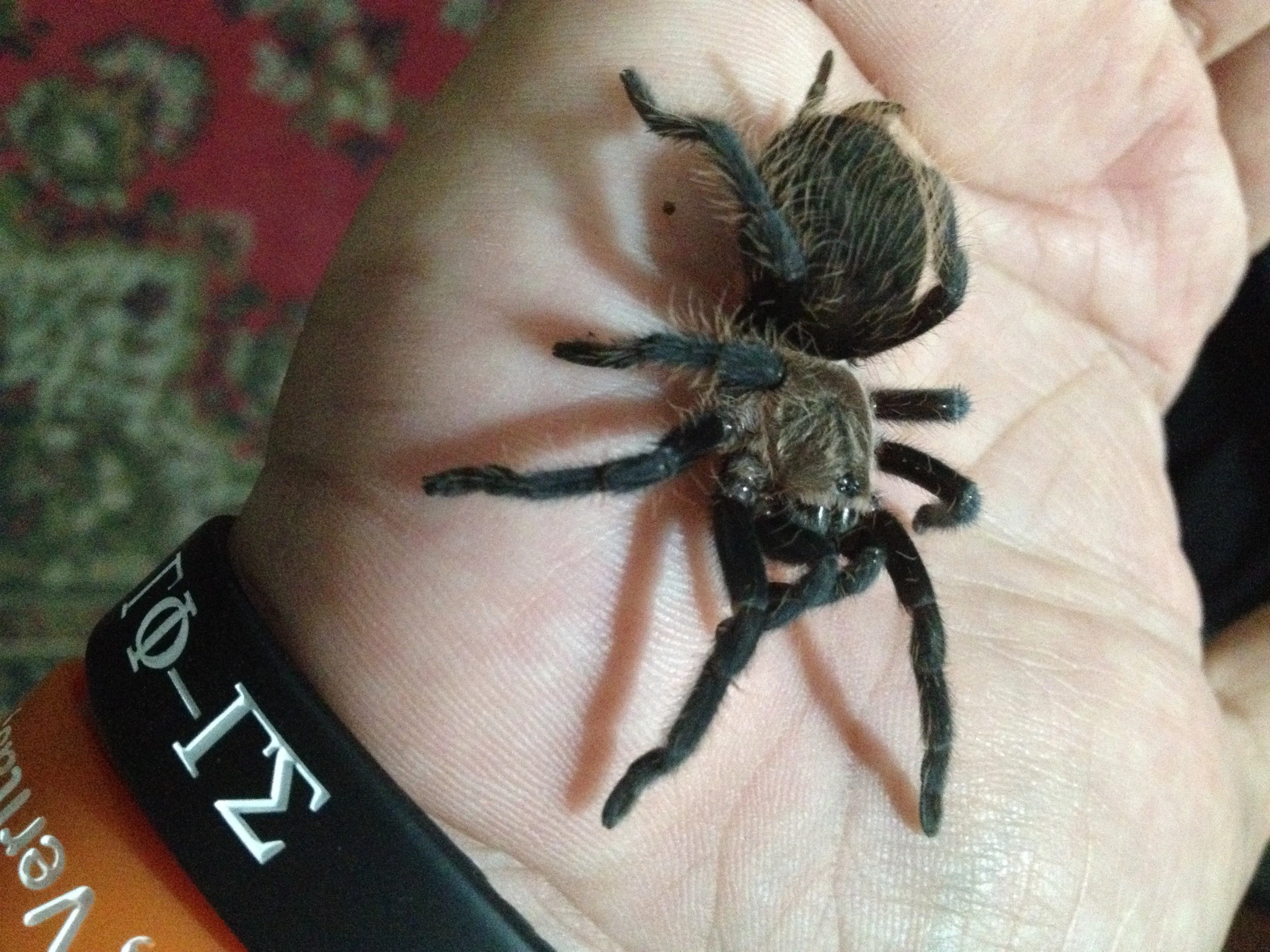Albopilosum Tarantula Care Guide Top 5 Tips!
The Albopilosum tarantula, often called the curly hair tarantula, is a popular pet choice due to its docile temperament and striking appearance. These spiders, native to Central America, are relatively easy to care for, making them suitable for both beginner and experienced arachnid enthusiasts. This comprehensive care guide provides the top five essential tips to ensure your Albopilosum tarantula thrives, covering everything from enclosure setup and feeding to handling and health. Following these guidelines will help you create a comfortable and enriching environment for your pet spider, allowing you to enjoy observing its fascinating behaviors for years to come. Understanding the specific needs of your Albopilosum is crucial for its well-being and longevity.
Choosing the Right Albopilosum Tarantula Enclosure
Selecting the right enclosure is the first and most crucial step in providing proper care for your Albopilosum tarantula. A well-designed habitat will not only provide a comfortable living space but also help regulate temperature and humidity, essential for the spider’s health and survival. The enclosure should be escape-proof and offer ample space for your tarantula to move around and exhibit natural behaviors. Consider the long-term needs of your spider, as they can grow quite large, and ensure the enclosure can accommodate their adult size. A properly chosen enclosure is the foundation of a happy and healthy Albopilosum tarantula.
Enclosure Size and Dimensions
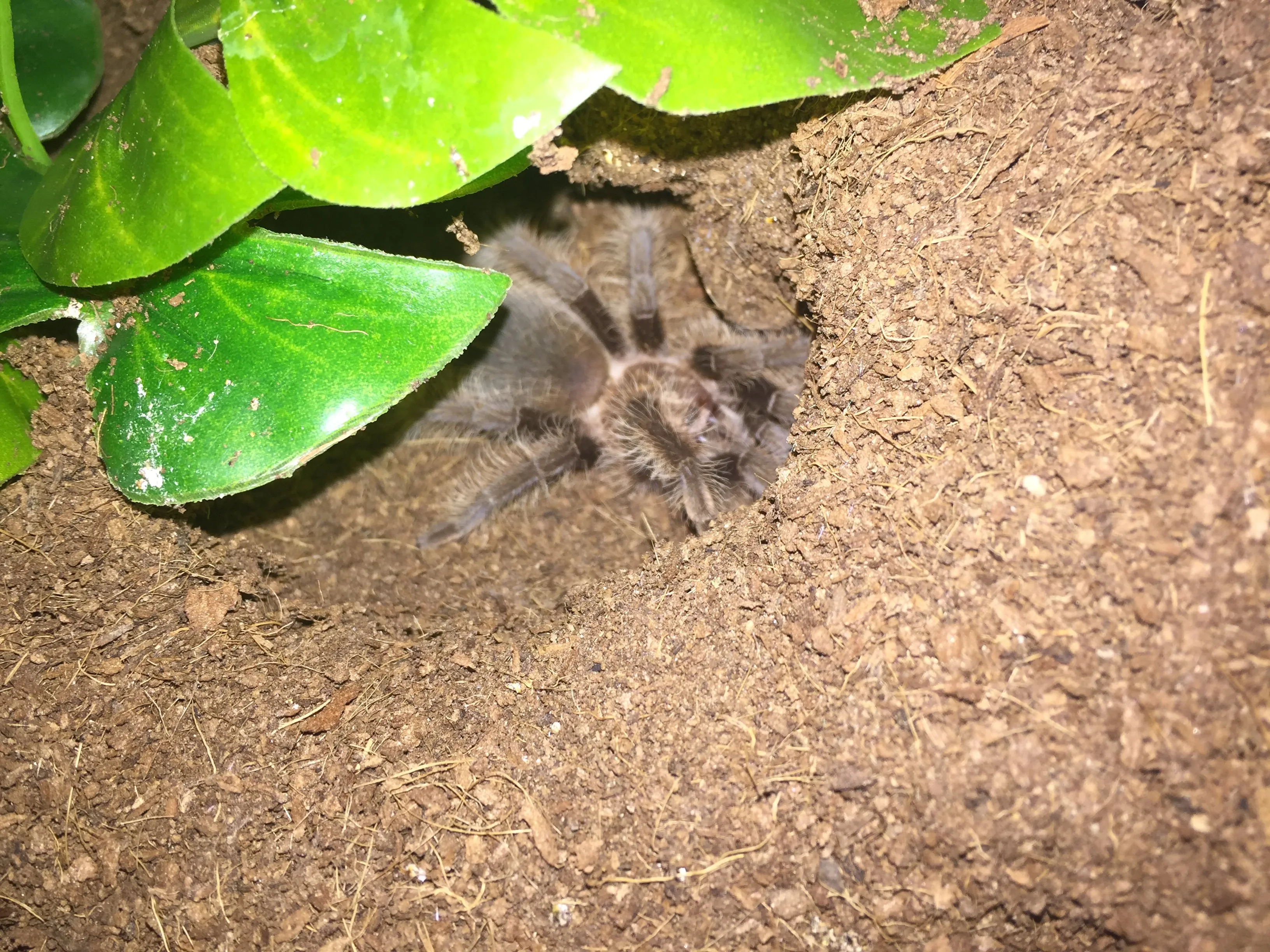
For juvenile Albopilosum tarantulas, a small, secure container is sufficient. As they grow, you’ll need to upgrade to a larger enclosure. A good rule of thumb is to provide an enclosure that is at least three times the spider’s leg span in width. The height of the enclosure should be enough to allow for a few inches of substrate and provide some vertical space for the tarantula to explore. A 10-gallon tank is often suitable for adult Albopilosum tarantulas, although larger enclosures can be beneficial, especially if you’re providing more elaborate decorations and hiding places. Always prioritize horizontal space over vertical space for terrestrial tarantulas like the Albopilosum.
Substrate Selection
The substrate serves as the floor of your tarantula’s enclosure and plays a vital role in maintaining humidity and providing a naturalistic environment. A good substrate should hold moisture, allowing the tarantula to burrow and feel secure. A popular and effective substrate for Albopilosum tarantulas is a mix of coco fiber, peat moss, and a bit of vermiculite. This combination retains moisture well, allowing for burrowing while also maintaining proper ventilation. Avoid substrates that can be toxic or irritating to the tarantula, such as cedar or pine shavings. The substrate should be several inches deep to allow the tarantula to burrow if it chooses.
Providing Adequate Ventilation
Proper ventilation is crucial to prevent the buildup of mold and maintain healthy air quality within the enclosure. Tarantulas, like all creatures, require fresh air to thrive. Ensure the enclosure has ventilation holes or a screen top. The ventilation should allow for air circulation without compromising the humidity levels. Avoid placing the enclosure in direct sunlight or near a heat source, as this can quickly dry out the enclosure and make it difficult to maintain the appropriate humidity levels. Proper ventilation also helps to prevent the growth of harmful bacteria and fungi that could affect your tarantula’s health.
Maintaining Proper Temperature and Humidity
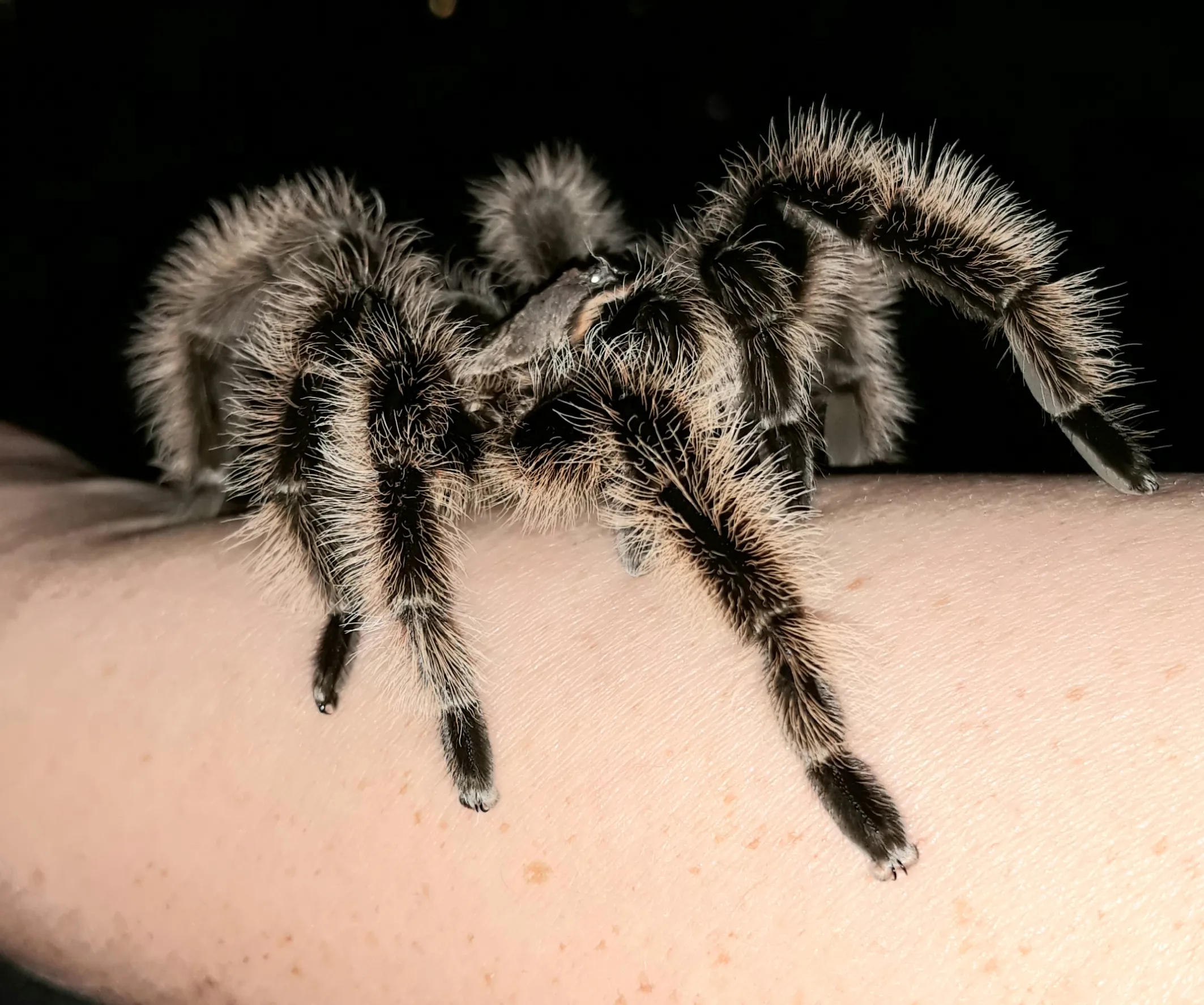
Albopilosum tarantulas thrive in a warm and humid environment that mimics their natural habitat. The ideal temperature range is between 75-85°F (24-29°C). Use a heat lamp or a heating pad placed on the side of the enclosure to maintain the desired temperature. Never place the heat source directly under the enclosure, as this can overheat the substrate. Humidity levels should be maintained between 65-75%. You can monitor humidity using a hygrometer. To increase humidity, mist the enclosure with dechlorinated water regularly, especially during molting. Ensure that the enclosure has a water dish that your tarantula can drink from, allowing it to regulate its hydration.
Feeding Your Albopilosum Tarantula
Feeding your Albopilosum tarantula is a straightforward process, but it’s crucial to provide the right food and feeding schedule to ensure your spider remains healthy and well-nourished. Albopilosums are voracious eaters, and their diet should be tailored to their size and stage of growth. Overfeeding can lead to health problems, so it is important to develop a feeding routine that is appropriate for your individual tarantula. Understanding your tarantula’s appetite and recognizing when it is ready to eat are key aspects of responsible tarantula care. This section provides information on appropriate food items and feeding frequency, ensuring you give your pet the best possible care.
Appropriate Food Items
The Albopilosum tarantula is an opportunistic carnivore and will eat a variety of insects. The staple diet should consist of insects such as crickets, mealworms, and roaches. The size of the food items should be appropriate for the size of your tarantula; the general rule is to offer prey items no larger than the tarantula’s abdomen. Dusting the insects with a calcium and vitamin D3 supplement before feeding them to your tarantula can help ensure that it receives all the necessary nutrients. Avoid feeding your tarantula wild-caught insects, as they may carry parasites or pesticides that could be harmful to your spider. Always source feeders from a reputable pet store or breeder.
Feeding Frequency
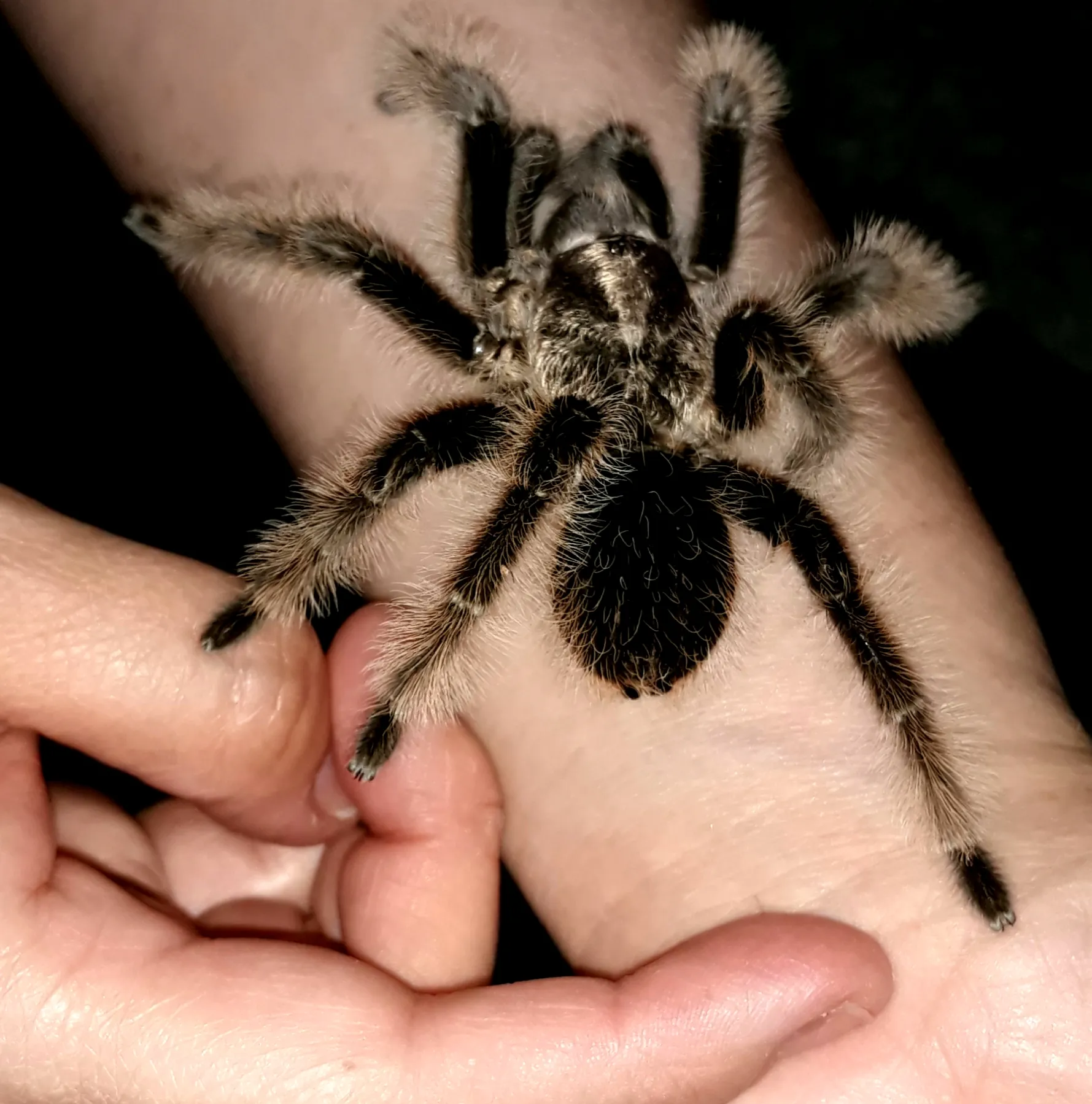
The feeding frequency for Albopilosum tarantulas depends on their age and size. Spiderlings and juveniles may need to be fed two to three times a week, while adult tarantulas can be fed once or twice a week. Observe your tarantula’s behavior to determine if it is hungry. A tarantula that is eager to eat is a good sign. If the tarantula refuses food for several weeks, this could indicate that it is preparing to molt. Remove uneaten prey items within 24 hours to prevent stress and potential injury to the tarantula. Adjust the feeding schedule based on the tarantula’s condition and the rate at which it consumes its meals. Ensure that fresh water is always available.
Watering and Hydration
Providing fresh, clean water is crucial for the health and well-being of your Albopilosum tarantula. Always provide a shallow water dish that is easily accessible to your tarantula, especially during the molting process. The water dish should be shallow enough that the tarantula can easily reach it without the risk of drowning. Change the water in the dish at least twice a week to prevent the growth of bacteria and mold. You can use a small sponge or cotton ball in the water dish to provide a source of hydration for smaller spiderlings. In addition to the water dish, misting the enclosure with dechlorinated water can help to maintain humidity and provide additional drinking opportunities, especially during molting.
Handling and Safety Precautions
While Albopilosum tarantulas are known for their docile nature, it is essential to handle them with caution and respect. Tarantulas are delicate creatures, and improper handling can lead to injury to both the spider and the handler. It’s important to understand the potential risks involved and to take appropriate precautions to minimize the chance of any mishaps. Always be aware of the spider’s behavior and body language, and never force it to be handled if it seems stressed or unwilling. Safety should be your top priority when interacting with your Albopilosum tarantula. This part is dedicated to safe practices when handling your spider.
Safe Handling Techniques
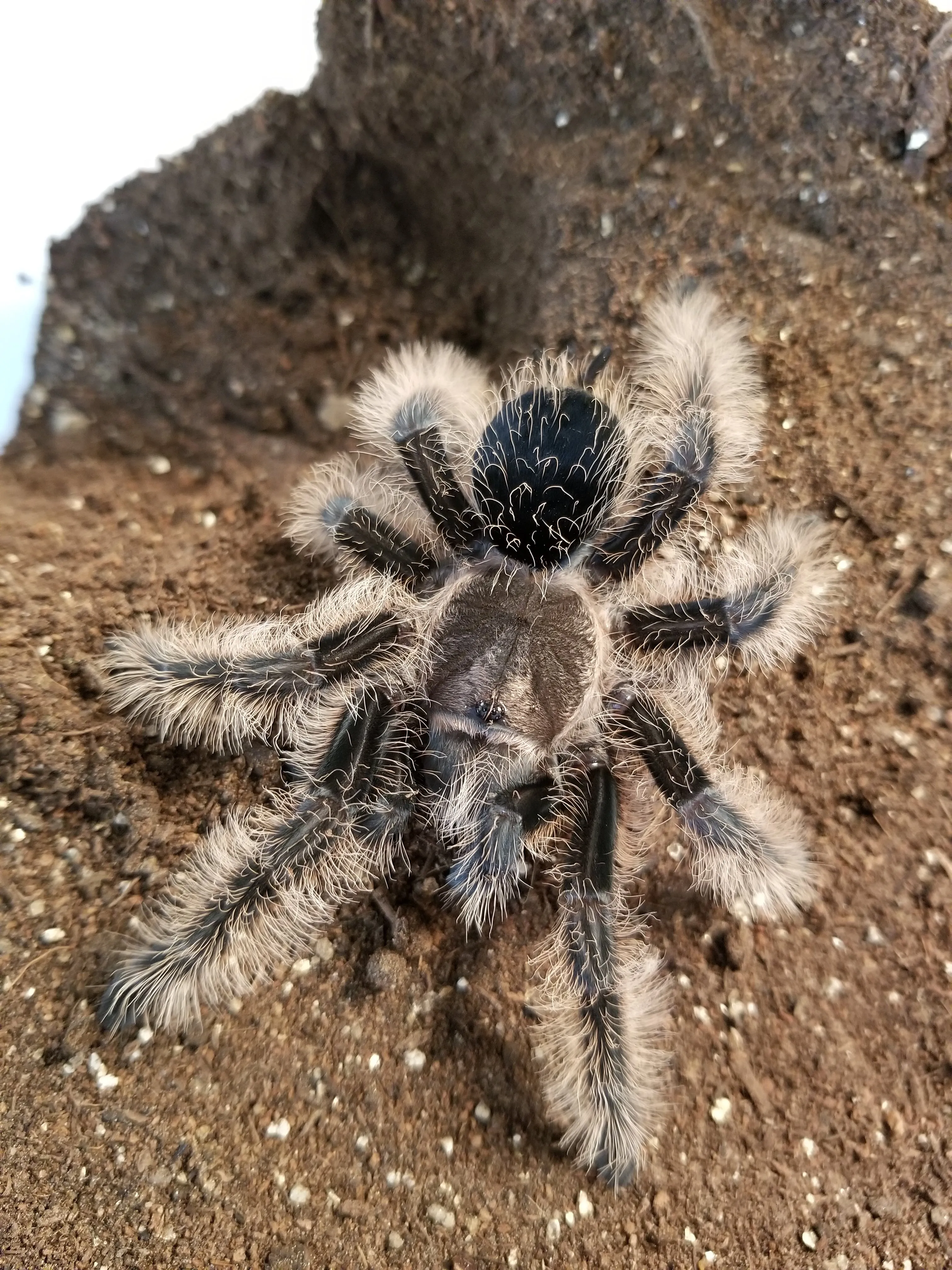
It is generally recommended to avoid handling your Albopilosum tarantula unless absolutely necessary, such as during enclosure maintenance or health checks. If you must handle your tarantula, do so slowly and gently. Approach the spider calmly, and encourage it to walk onto your open hand. Avoid sudden movements, which could startle the tarantula. Always handle the spider close to the ground or a soft surface, in case it falls. Never grab or squeeze the spider, as this can injure it. Wash your hands thoroughly before and after handling your tarantula to prevent the transfer of oils or chemicals.
Recognizing Signs of Stress
It’s crucial to recognize signs of stress in your Albopilosum tarantula. A stressed tarantula may display several behaviors, including flicking hairs (a defensive mechanism), raising its front legs, or running away. If your tarantula exhibits these signs, it is best to leave it alone and avoid handling it. Some tarantulas may also bite if they feel threatened. While the venom of the Albopilosum tarantula is not considered medically significant to humans, a bite can be painful. Avoid any actions that might cause the spider to feel threatened or vulnerable. Always prioritize the safety of the spider by observing its body language and recognizing signs of stress.
Understanding Albopilosum Tarantula Behavior
Understanding the natural behaviors of your Albopilosum tarantula can help you provide better care and create a more enriching environment for your pet. By observing your spider’s habits, you can learn to anticipate its needs and preferences, and recognize potential problems. Albopilosum tarantulas are primarily nocturnal creatures, meaning they are most active at night. They typically spend their days in burrows or hiding places, emerging in the evening to hunt. Knowing these behaviors can assist you in creating a comfortable and stimulating habitat. This section will delve into their specific behaviors, including molting and recognizing potential health issues.
Molting and What to Expect
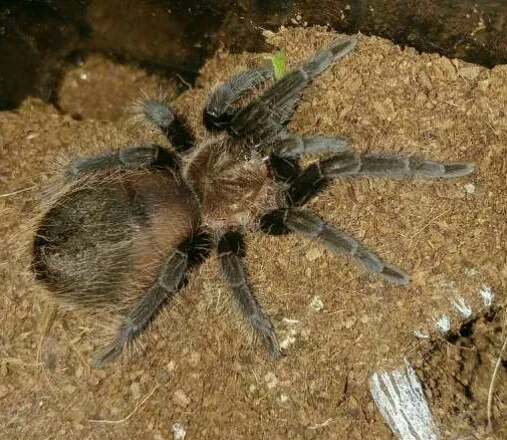
Molting is a natural process where tarantulas shed their exoskeleton to grow. During the molting process, the tarantula will become inactive and may appear to be lying on its back. The frequency of molting depends on the age of the tarantula, with younger tarantulas molting more frequently. Provide a humid environment during molting to prevent the exoskeleton from drying out. Do not disturb the tarantula during molting, as it is a vulnerable time. After molting, the tarantula’s new exoskeleton will be soft, and it will take several days for it to harden. Provide the tarantula with a water source during this time, and avoid feeding it until its fangs have hardened.
Identifying Potential Health Issues
It is important to regularly observe your Albopilosum tarantula for any signs of illness or health problems. Some potential health issues include mites, fungal infections, and parasites. Signs of a problem can include lethargy, loss of appetite, or abnormal behavior. If you notice any of these symptoms, consult a veterinarian specializing in exotic animals. Preventative measures such as maintaining a clean enclosure, providing proper humidity and temperature, and quarantining new tarantulas can help minimize health risks. Regular observation of your tarantula will help you identify problems early, increasing the chances of successful treatment. Keep an eye on the substrate for mold or unusual changes, as these can also be a sign of health issues.
Cleaning and Maintaining the Enclosure
Regular cleaning and maintenance are essential for keeping your Albopilosum tarantula healthy and happy. A clean enclosure helps prevent the buildup of bacteria, mold, and other harmful organisms, creating a healthier environment for your pet. Regularly cleaning the enclosure also allows you to inspect the tarantula for any signs of health problems. A well-maintained enclosure not only contributes to the health of your tarantula but also enhances your enjoyment of it. Cleaning the enclosure is also a great time to observe your spider and check for any potential issues or changes in its behavior. This will help keep your tarantula’s habitat clean and safe. This last section will provide details on the cleaning process.
Regular Cleaning Schedule
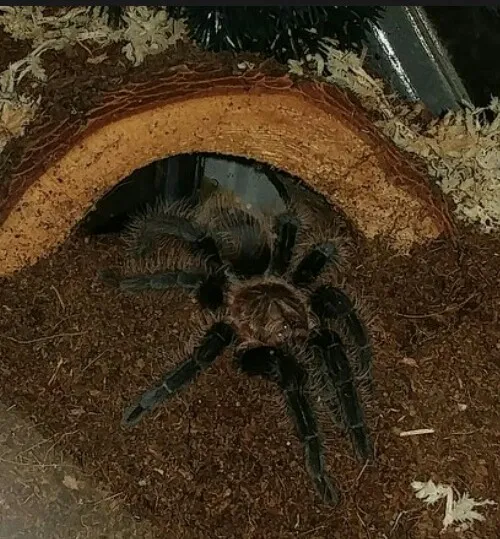
Establish a regular cleaning schedule to maintain a healthy environment for your Albopilosum tarantula. Spot-clean the enclosure weekly, removing any uneaten food, shed exoskeletons, and waste. The frequency of cleaning will depend on the size of the enclosure and the amount of waste produced. This can usually be done with tweezers and a small scoop. It is important to do a thorough cleaning of the enclosure every few months, which includes replacing the substrate and cleaning all decorations and the enclosure itself. Always use dechlorinated water and appropriate cleaning solutions. The frequency of deep cleaning will depend on your spider’s habits and the size of the enclosure.
Replacing the Substrate
The substrate should be replaced every few months or when it becomes soiled or saturated with moisture. The frequency of substrate replacement depends on factors such as the size of the enclosure, the number of tarantulas housed, and the type of substrate used. When replacing the substrate, carefully remove the tarantula from the enclosure, and place it in a temporary holding container. Remove all old substrate and decorations, and thoroughly clean the enclosure. Allow the enclosure to dry completely before adding fresh substrate and returning the tarantula to its habitat. Remember to discard the old substrate properly and wash your hands thoroughly after handling the enclosure. A fresh substrate provides a clean, healthy environment for your Albopilosum tarantula to thrive.
